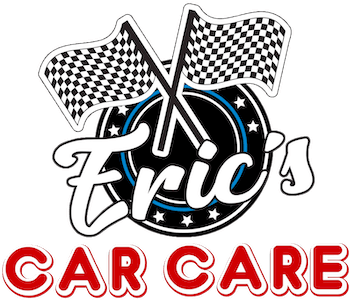ALL SERVICES
Book an appointmentAuto Services In Houston, Texas
Serving Med. Center And Rice Village For Over 50 Years
Properly maintaining your vehicle with routine auto services is key to your safety and preserving your car’s drivability and value. Every aspect of your car is at its maximum potential
What Clients Say About Us
Experience the exceptional car care services provided by our experts, as proven by our loyal customers who repeatedly choose us for their automotive needs.
When Should You Schedule A Maintenance Service?
Trust our experts to guide you on scheduling your routine maintenance services at the optimal time
Periodic Maintenance
Most manufacturers recommend full service every 30,000-60,000 miles (or 3-5 years)
Performance Issues
Service the car when noticing any performance issues, such as decreased fuel efficiency, strange noises, or difficulty starting the engine
Check Engine Light
Service the car immediately when "check engine" light comes on to avoid serious, costly repairs and environmental damage
Long Trip Preparation
Service the car before a long trip to prevent breakdowns, including oil change, tire rotation, brake check, fluid level check, and general inspection
Our Services
Our automotive services are designed to keep your vehicle running smoothly and safely on the road. Here's a list of what we offer.
















